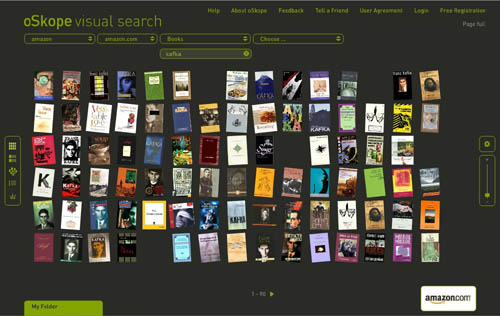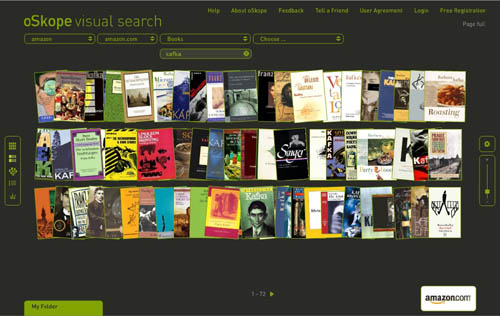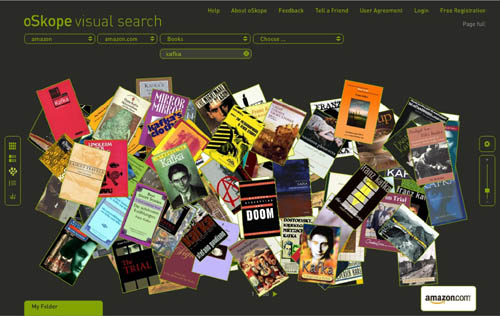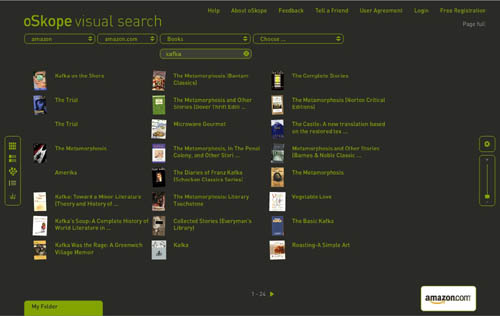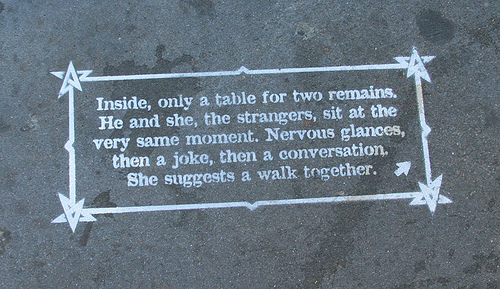A few good readings to inject into recent conversation here about a post-copyright world (1, 2, 3), and in light of the death of Times Select and the ripple effect that is likely to have across the Web. First, a two-year-old post by Jeff Jarvis, “Who Wants to Own Content?”, ruminating on the supreme value of trust and conversation in a post-scarcity publishing ecology:
But in this new age, you don’t want to own the content or the pipe that delivers it. You want to participate in what people want to do on their own. You don’t want to extract value. You want to add value. You don’t want to build walls or fences or gardens to keep people from doing what they want to do without you. You want to enable them to do it. You want to join in.
And once you get your head around that, you will see that you can grow so much bigger so much faster with so much less cost and risk.
So don’t own the content. Help people make and find and remake and recommend and save the content they want. Don’t own the distribution. Gain the trust of the people to help them use whatever distribution and medium they like to find what they want.
In these new economics, you want to stand back and interfere and restrict as little as possible. You want to reduce costs to the minimum. You want to join in wherever you are welcome.
So in the content world, it is better help enable and be part of fluid networks of content than it is to create and own content…It is better to find new efficiencies than new blockbusters…It is better to gather than create…It is better to share trust than to horde it.
Whatever the media business models of tomorrow may be, they will almost certainly not revolve around owning content. It will be about, as Jay Rosen says in his Times Select obit, “weaving yourself into the Web”:
…that’s the decision in Web court the New York Times is accepting. Consent decree with the open web. Dismisses all courses of action against Google. Times agrees to drop Times Select, which was a barrier to Google – ?and the blogosphere – ?working the right way.
The decision says you can try to charge, and some people will pay, but there is more money and a brighter future in the open flow of Web traffic, a lot of which is coming sideways into your content stack because Google sends tons of users in that way, not through your pearly gates of news, also called a home page. RSS sends stuff from the middle of the stack out.
When every barrier you create to their participation with your product weakens your revenue stream, which is tied to openness, you’re in the world of the consent decree. Advertising tied to search means open gates for all users. It means link rot cut to zero, playing for the long haul in Web memory and more blogs because they are Web-sticky.
Now back to Jarvis, who in a new post predicts among other things that the Times’ decision will likely be the first domino in a chain of paywall demolitions: Wall Street Journal, Economist, Financial Times. He picks up the thread from his older piece:
It’s the relationship that is valuable. It’s the relationship that is profitable, not the control of the content or the distribution. That is the essential media moral of the internet story. It has taken 13 years of internet history for media companies to learn that, to give up the idea that they control something scarce they can charge consumers for, but they’ve finally learned it. That is the lesson of the death of TimesSelect.


